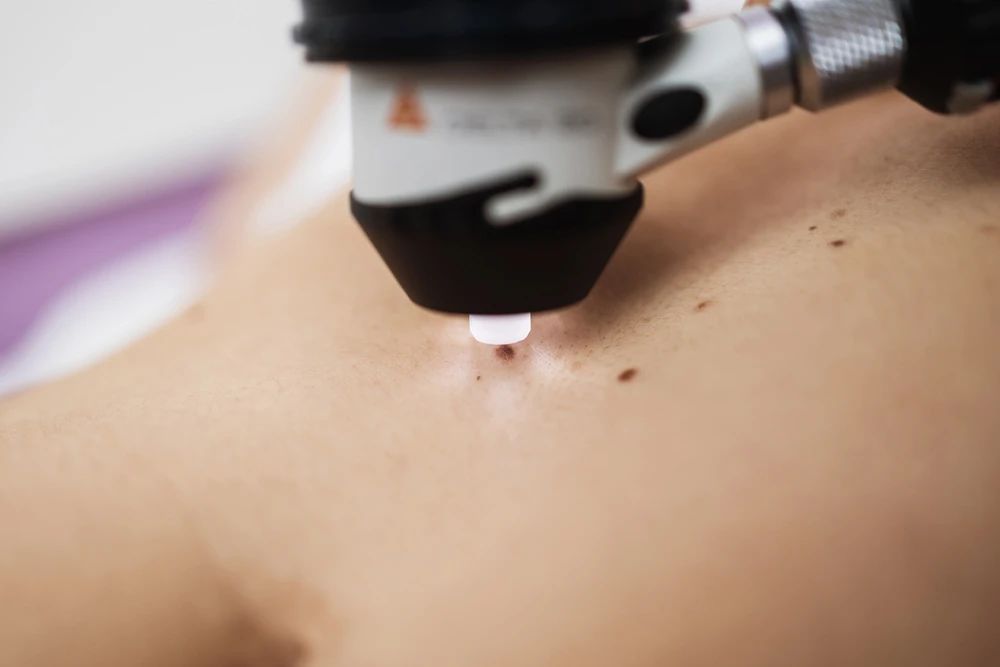Should You Be Worried About Microplastics in Your Food?
2021-09-14

Microplastics are in the air we breathe, the water we drink,
and the food we eat. The thought of tiny plastic particles in your body might
sound worrying but how is it affecting our health exactly and what can we do
about it?
What are microplastics?
Microplastics are extremely small pieces of plastic debris
that can measure up to 5mm in length, which is about the size of a sesame seed.
However, most microplastics found are more commonly on the nanoscale, reaching
< 1 micrometer (0.001mm) in size. For comparison, the thickness of a single
sheet of paper is 0.05mm.
How are microplastics formed?
Generally, microplastics are the product of the whittling of
larger plastic items in the environment such as discarded household rubbish,
industrial discharge, or litter discarded into rivers. These larger plastic
items are broken down into microplastics due to heat, oxidation, light and
microorganisms. The rate and extent of the degradation of plastic varies
depending on the environmental variables present. Microplastics also come in a
smaller form called microbeads, which are commonly used in cosmetic products,
such as facial washes and toothpastes.
Microplastics can be found in your food

Due to the fact that microplastics are more common in
seawater because of littering and industrial waste, microplastic contamination
is more common in seafood, particularly in shellfish. Mussels and oysters are
at a much higher risk. This is because of the higher concentration of plastic
in the water near the shore, which is where most oysters and mussels are found.
Microplastics are also present in other food and drinks we
consume, such as sea salt, honey and beer. A recent study tested 15 brands of
sea salt for microplastic contamination and discovered 600 microplastic
particles per kg of salt while other studies found 660 microplastic fibers per
kg of honey and 109 fragments per liter of beer. A pilot study conducted by
researchers from the Medical University of Vienna discovered microplastics in
the stool samples of 100% of the volunteers tested. While it was a small sample
of just 8 individuals, the fact that they were spread across Asia and Europe
indicates the global impact of the problem. The diet of the volunteers included
liquids from plastic bottles and seafood.
Because microplastics originate from everyday plastic items
all around the world, it is challenging to determine the exact sources of these
microplastic particles found in such foods.
Should you be worried?
Because microplastics are able to absorb and release
different types of chemical compounds, we should be concerned about what that
means for our health. To date, few studies have been done on humans to
determine how microplastics affect human health. It is speculated that the
amount of microplastics that enter your body are small and will simply pass
through your digestive tract. It remains to be known exactly how many plastics
we consume are big enough to be causing us harm.
What you can do to avoid microplastic-contaminated food
Although the effects of microplastics on human health are
unclear, it is still wise to limit intake of food and beverages where
microplastics are commonly found. Start by doing what is within your control.
Consider limiting the use of plastic utensils and food packaging. Opt for glass
bottles and metal or wooden utensils rather than plastic, and for paper-wrapped
food rather than plastic wrapping, where possible.
Doing your best to limit the amount of plastic introduced
into the food chain is another way you can contribute. When shopping, make
choices where plastic packaging is limited so you are throwing less away and if
it is not yet a common practice in your country, and to avoid buying cosmetic
cleansers that contain microplastic beads.
What happens if you accidentally swallow a plastic piece?
If you accidentally ingested a piece of plastic, do not
attempt to induce vomit as it can cause adverse choking and pains in your
throat. Depending on the size of the plastic piece you swallowed, if it does
not cause any discomfort when it went down your throat, you will most likely
pass it out when you go to the toilet. On the other hand, if the plastic piece
is sharp, it may damage your gut lining and cause internal bleeding. If you
feel any discomfort or is worried after ingesting a plastic piece, it is better
to head over to the accident & emergency department (A&E) and seek a
doctor’s advice.
Copyright: Health Plus an online health and wellness web resource developed by Parkway Singapore
References:
Study: You Probably Have Plastic in Your Poop. Retrieved 24/02/2019
from
https://www.webmd.com/digestive-disorders/news/20181023/study-you-probably-have-plastic-in-your-poop#2
Are Microplastics in Food a Threat to Your Health? Retrieved
24/02/2019 from https://www.healthline.com/nutrition/microplastics
Microplastics in Seafood and the Implications for Human
Health. Retrieved 24/02/2019 from
https://www.ncbi.nlm.nih.gov/pmc/articles/PMC6132564/
Microplastics in Foods: A Microscopic Health Concern?
Retrieved 24/02/2019 from https://foodinsight.org/microplastics-in-foods-a-microscopic-health-concern/
Isolation of microplastics in biota-wish seawater samples
and marine organisms. Retrieved 24/02/2019 from
https://www.ncbi.nlm.nih.gov/pmc/articles/PMC3970126/
Your Shellfish Dinner May Include a Dash of Plastic. Retrieved
24/02/2019 from
https://www.healthline.com/health-news/your-shellfish-dinner-may-include-a-dash-of-plastic#1





























